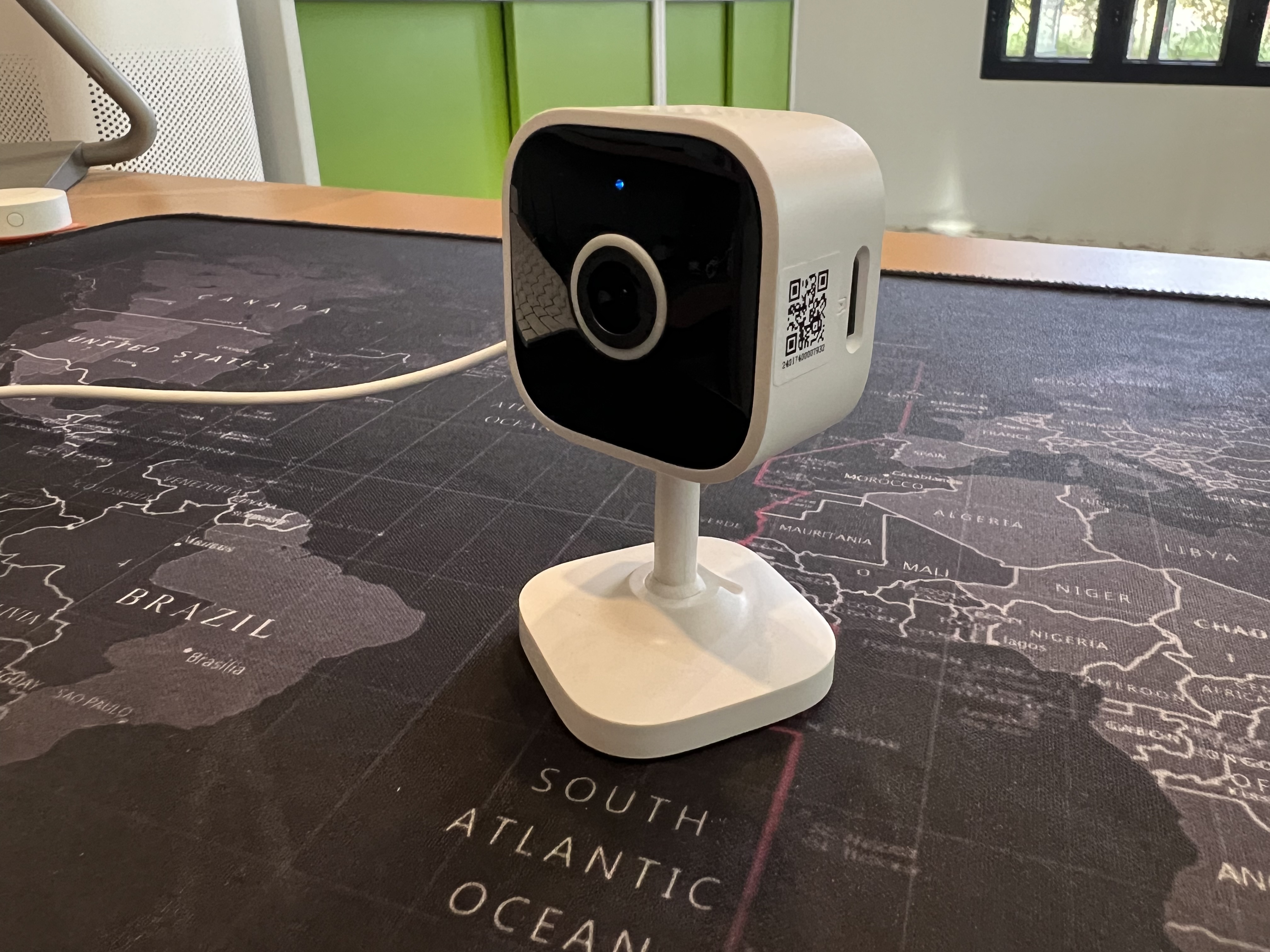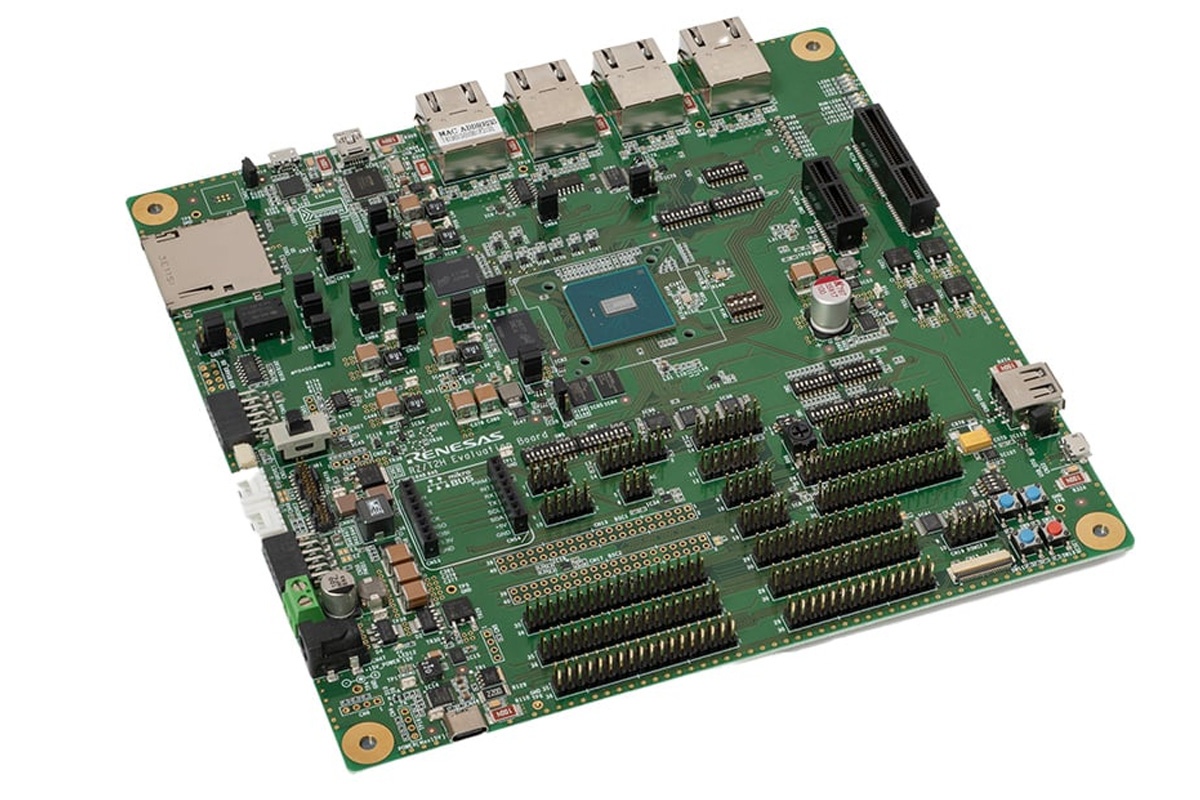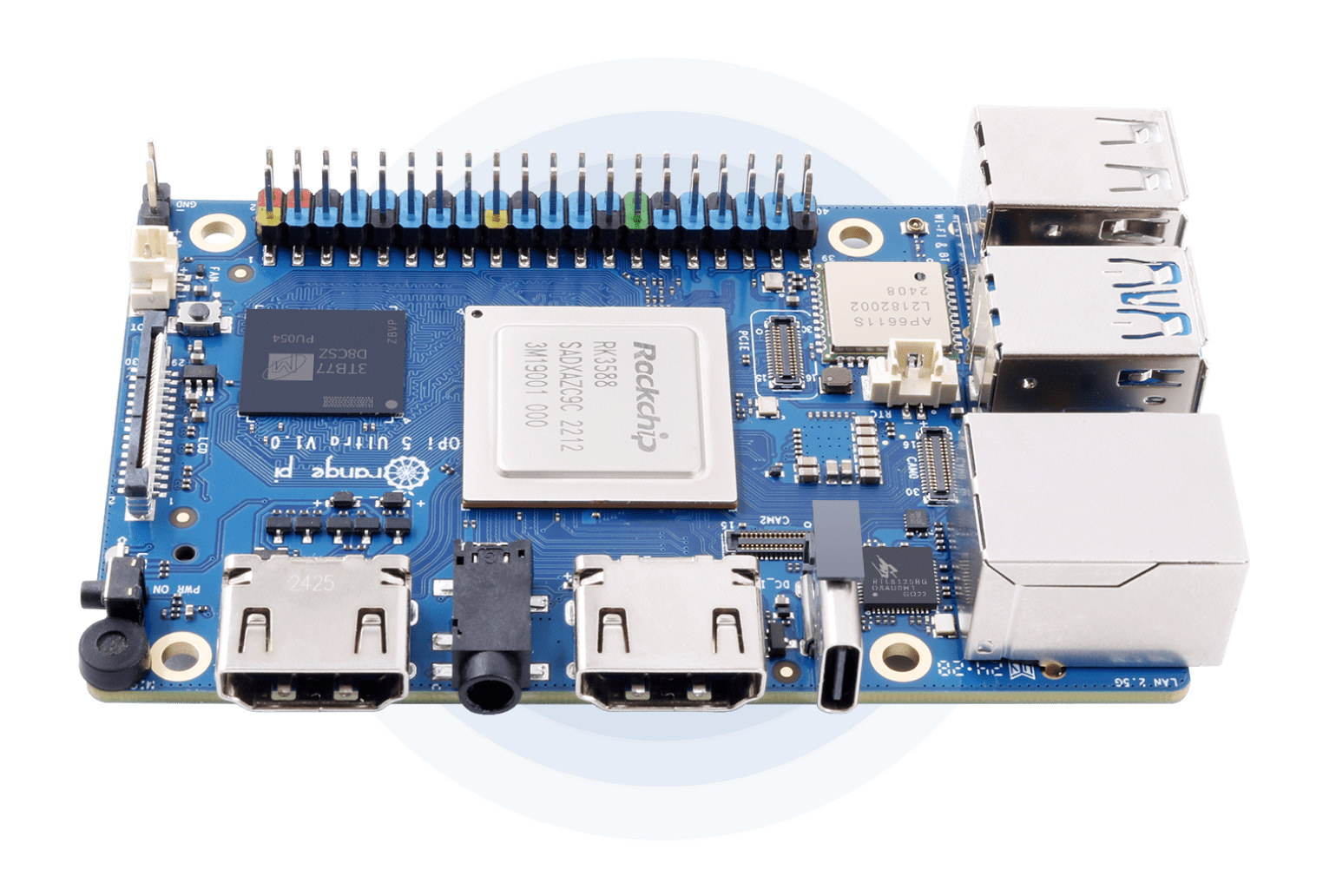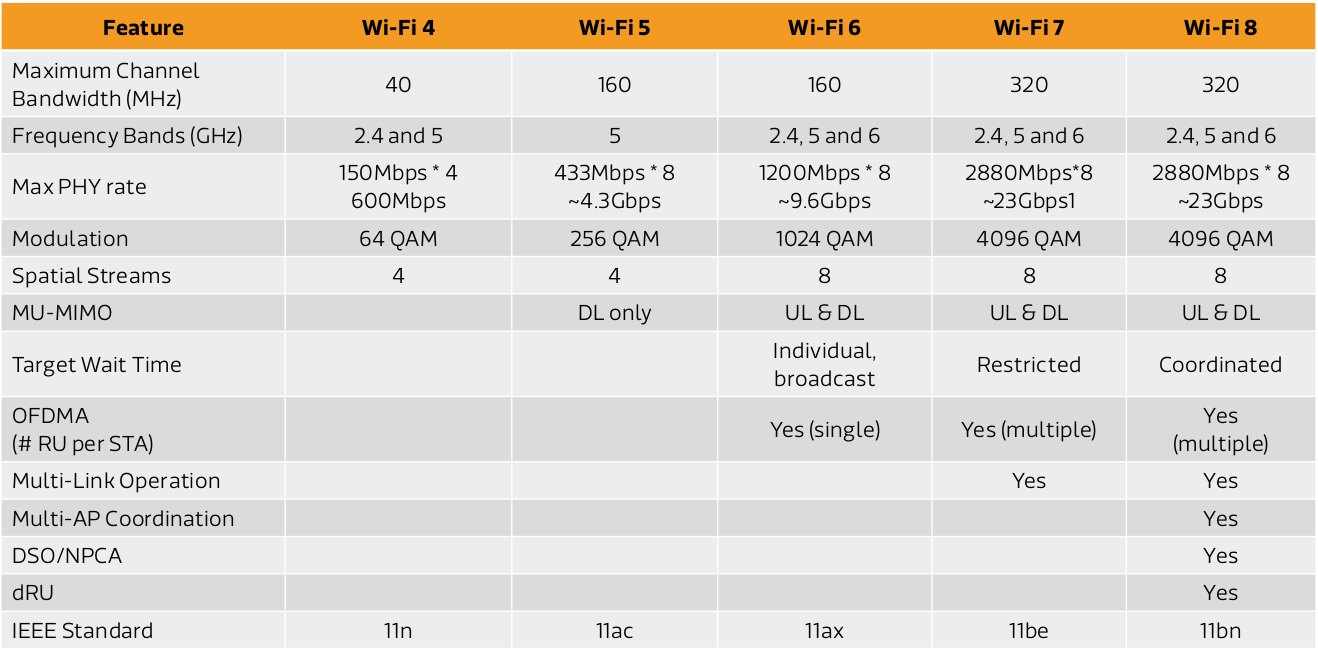We have received the latest tiny indoor security camera from SONOFF: the second generation of the CAM Slim series known as the CAM Slim Gen2 (or CAM S2 for shorts). Some of you might remember the first-generation CAM Slim model reviewed by Jean-Luc about two years ago. The Gen2 version keeps the same 1080p resolution but comes with several upgraded features, including AI algorithms to distinguish living beings, customizable detection zones, customizable privacy zones, sleep mode, enhanced low-light image quality, and flexible storage management. Although it’s packed with several enhancements, its price is lower than the Gen1. Let’s delve into the details! SONOFF CAM Slim Gen2 unboxing Inside the box, you’ll find a compact manual, a USB-C cable, a mounting kit, and a sticker template acting as a drilling guide. The camera is smaller than your palm and comes mounted on a versatile, rotatable base, making installation in various positions […]
Vulkan 1.4 3D graphics and compute API released
The Khronos Group has just announced the release of Vulkan 1.4 cross-platform 3D graphics and compute API. The new release makes some of the optional extensions and features mandatory, adds streaming transfers, and supports 8K rendering on up to eight targets. Minimum hardware limits have also been increased including at least seven maxBoundDescriptorSets and eight maxColorAttachments. Vulkan 1.4 highlights: Streaming Transfers: new implementation requirements to ensure applications can stream large quantities of data to a device while simultaneously rendering at full performance. Previously optional extensions and features critical to emerging high-performance applications are now mandatory in Vulkan 1.4, ensuring availability across multiple platforms. These include push descriptors, dynamic rendering local reads, and scalar block layouts. Maintenance extensions up to and including VK_KHR_maintenance6 are now part of the core Vulkan 1.4 specification. 8K rendering with up to eight separate render targets is now guaranteed to be supported, along with several other […]
Silicon Labs SiWG917Y and SiWN917Y are ultra-low power WiFi 6 and Bluetooth LE 5.4 IoT modules
Silicon Labs SiWG917Y and SiWN917Y are pre-certified, ultra-low power 2.4 GHz WiFi 6 and Bluetooth Low Energy (LE) 5.4 modules made as an extension of the Wireless Gecko Series 2 Arm Cortex-M33 microcontroller family and designed for IoT applications such as Smart Home devices, building automation solutions, healthcare devices, industrial sensors, and asset trackers. The SiWG917Y module is used as a standalone solution where all application code runs on an Arm Cortex-M4 core, and the SiWN917Y module is designed as a Network Co-processor so customers can execute their application on a separate MCU while the wireless module manages WiFi 6 and BLE 5.4. Silicon Labs SiWx917Y modules specifications: Microcontroller MCU Arm Cortex-M4F application core up to 180 MHz (225 DMIPS performance) Arm Cortex-M4 network wireless processor running up to 160 MHz, Accelerators – Integrated FPU, MPU, NVIC, Matrix vector processor (MVP) Memory 672 KB embedded SRAM shared by Cortex-M4 and […]
CapibaraZero firmware enables low-cost Flipper Zero alternatives based on ESP32-S3 hardware
CapibaraZero open-source firmware aims to offer a low-cost alternative to Flipper Zero for ESP32-S3-based hardware platforms and soon other gizmos with ESP32 wireless microcontrollers, notably the LilyGO T-Embed CC1101, similar to the original T-Embed with ESP32-S3 WiSoC, but also featuring a Texas Instruments CC1101 Sub-GHz microcontroller and an NXP PN532 NFC/RFID module. The Flipper Zero is a popular portable multi-tool for pentesters and hardware hackers based on STMicro STM32WB55 Bluetooth 5 LE & 802.15.4 wireless microcontroller and a TI CC1101 Sub-Ghz MCU that got involved in controversies such as a ban proposal in Canada last year due to its (dubious) potential use for car theft. Since then we’ve seen several alternatives such as Monstatek M1 (that’s yet to be delivered to backers…) and HackBat open-source hardware with Raspberry Pi RP2040, ESP8266 WiFi module, and the CC1101 RF transceiver. The CapibaraZero firmware offers another way to create your own cheap Flipper […]
Renesas RZ/T2H Cortex-A55/R52 industrial MPU and Dev Board support EtherCAT, PROFINET, and TSN
Renesas RZ/T2H industrial MPU is the most powerful member of its RZ/T2 series of real-time microprocessors. The MPU features four Arm Cortex-A55 CPUs for application tasks and two Cortex-R52 CPUs for real-time control. It supports 9-axis motor control with 3-phase PWM timers, delta-sigma interfaces, and encoder interfaces. It also supports Industrial Ethernet protocols like EtherCAT, PROFINET, and TSN. These features make it ideal for industrial applications such as industrial robots, PLCs, motion controllers, and CNC machines. Renesas launched the RZ/T2L single-core Arm Cortex-R52 MPU just last year, and before that, in 2022, they launched the RZ/T2M dual Arm Cortex-R52 MPU. The RZ/T2L was just a cost-down version of RZ/T2M with an EtherCAT controller, compared to those old controllers the latest RZ/T2H supports 9-axis motor control and compatibility with various industrial Ethernet protocols. Renesas RZ/T2H specifications: CPU 4x Arm Cortex-A55 (64-bit) clocked at up to 1.2GHz with 32KB L1 I/D cache, 1MB L3 cache 2x […]
Orange Pi 5 Ultra SBC offers HDMI 2.1 output and HDMI 2.0 input
The Orange Pi 5 Ultra is a Rockchip RK3588 SBC that’s slightly larger than a business card and visually identical to the Orange Pi 5 Max introduced last August, but replacing one of the two HDMI 2.1 video outputs on the latter with an HDMI 2.0 input port. The new single board computer is still offered with up to 16GB LPDDR5, an eMMC flash module connector or soldered-on eMMC flash, an M.2 socket for an NVMe SSD, 2.5GbE and WiFi 6E networking, and four USB 3.0/2.0 ports. Orange Pi 5 Ultra specifications: SoC – Rockchip RK3588 CPU – Octa-core processor with 4x Cortex-A76 cores @ up to 2.4 GHz, 4x Cortex-A55 cores @ up to 1.8 GHz Arm Mali-G610 MP4 GPU with support for OpenGL ES1.1/2.0/3.2, OpenCL 2.2, and Vulkan 1.2 6 TOPS AI accelerator with support for INT4/INT8/INT16/FP16 mixed operation VPU – 8Kp60 H.265/VP9/AVS2 10-bit decoder, 8Kp30 H.264 decoder, […]
Matter 1.4 specification improves multi-admin and energy management, adds new devices like solar panels, batteries, and water heaters
We covered the Matter 1.3 specification in May 2024, but the Connectivity Standards Alliance is wasting no time and the Matter 1.4 specification is already out with features and improvements such as “Enhanced Multi-Admin”, Matter certifiable Home Routers and Access Points, energy management enhancements, and several new device types such as solar power equipment and batteries. Matter has been deployed in millions of Smart Home products in just a few years and aims to enable interoperability between devices from multiple vendors. Paisit reviewed a few Matter products from SONOFF including the MINIR4M Smart Switch, SONOFF Zigbee Bridge Ultra, and SwitchMan M5 Matter wall switch, and while Matter interoperability is working since devices can be controlled from Matter-compatible apps (e.g. Apple Home), users do lose some features found in the “native” app such as eWelink in the case of SONOFF devices. Matter 1.4 key improvements and new features: Home Routers and […]
Wi-Fi 8 (802.11bn) to focus on reliability and efficiency while maintaining Wi-Fi 7 performance
Wi-Fi 7 (802.11be) routers and modules have only been launched recently, but engineers are already working on Wi-Fi 8 (802.11bn) “Ultra High Reliability (UHR)”, and MediaTek shared some details in a whitepaper detailing some of the improvements of the new standard for its upcoming Filogic Wi-Fi 8 SoCs. Surprisingly, there aren’t any enhancements to the maximum performance with Wi-Fi 8 still offering up to 320 MHz channel bandwidth, 23 Gbps maximum PHY rate, and support for 2.4 GHz, 5GHz, and 6GHz frequency bands, as well as up to 8 spatial streams. The Wi-Fi 8 improvements are all meant to improve Wi-Fi reliability, network efficiency, and power consumption in IoT use cases, which will end up improving the overall WLAN performance when many nodes are connected. Wi-Fi 8 new features: Coordinated Target Wait Time (TWT) allows low-power IoT devices to negotiate specific times for transmission with access points in order to […]












